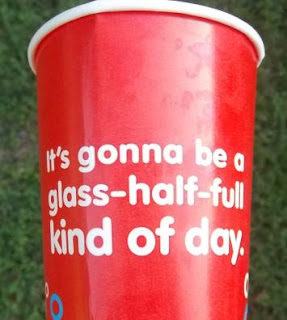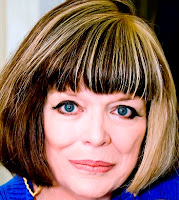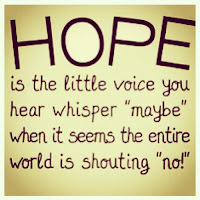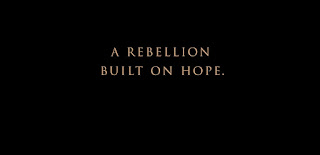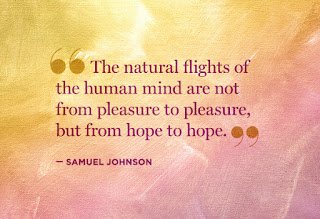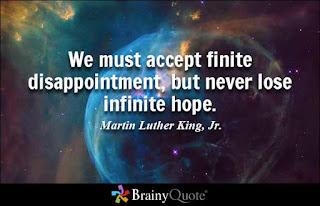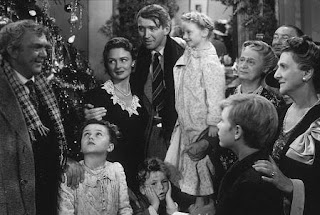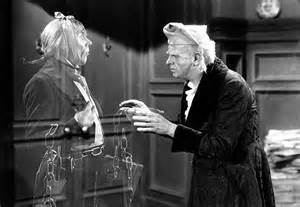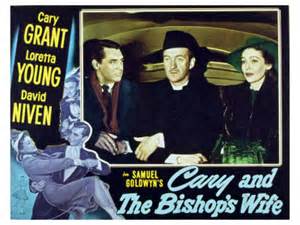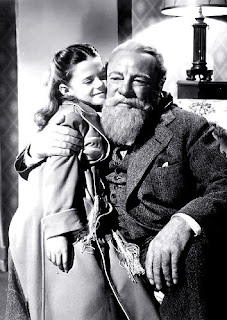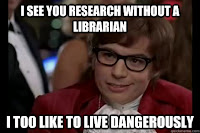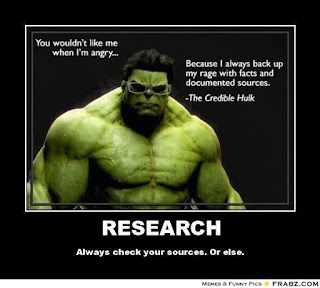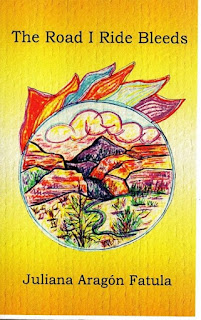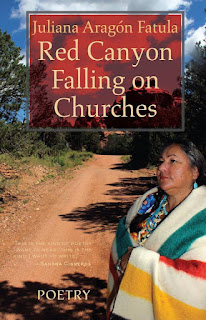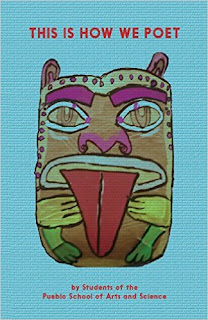by Linda Rodriguez
It’s 10 days until Christmas—days
when people are shopping and buying presents to give to people who
don’t really need any more stuff to cram into their overcrowded
homes. I have informed my family that I absolutely forbid them to
give me any stuff this Christmas. It’s not that I’ve turned
into Scrooge or the Grinch this year. It’s just that I’m in the
throes of downsizing out of a big old house with three full stories
plus attics and two-car garage, all packed with the stuff of 42 years
of living and raising kids, plus the inherited belongings of several
generations before us.
I have to keep driving past the small
yellow house where we will move once we have cleared out this big old
money pit and sold it to our oldest son, who wants to make the
repairs we can’t afford and rent it out. Seeing the cheerful little
casita to which we’re eventually moving, which has no stairs and
everything brand-new and working just the way it’s supposed
to—plumbing, wiring, cooling and heating, flooring, windows,
appliances—fortifies my will and sends me back to work on my own
version of the Augean stables.
I have sorted out the too-numerous sets
of fine stemware and china, taking boxes of it to my daughter, my
oldest son and his fiancé,
and my sister. Youngest son has driven up to the city to help me pack
boxes and gone back with his car packed to the gills. He’ll return
this weekend to help and take more back with him. I’m on a first-name
basis with the driver for Big Brothers, Big Sisters, since I’ve been
on his pick-up route every week for the last three and he sees I’m
scheduled for weekly pick-ups well into 2017.
The
biggest problems are the books and papers. This is the house of a
writer/editor/teacher and a publisher/editor/scholar. We are drowning
in thousands of books and pounds of papers. My solution, as I try to
move methodically through the house one room at a time, one floor at
a time, has been to start with the books and papers and carry on that
sorting and discarding process every day on a continuous basis while
packing up the things in each room which must go. Ideally, by the
time I’ve finished all rooms on all floors, plus the finished
basement, two attics, and the garage, I will also have finished the
books and papers. (Please don’t laugh at me like that. Allow me my
illusions. They’re all I have to keep me going.)
I
have tried to make lists of what to keep and what to give to family
and what to give away or discard, but I keep finding new things that
are not on any of those lists and having to make decisions all over
again. This leads to odd philosophical questions, such as, How can I
never have anything appropriate to wear when I have so many clothes?,
or What kind of misspent life results in three huge boxes of cups
with the insignia of universities, conferences, and bookstores?, or
How is it that we have four of those huge scholarly collections of
Shakespeare’s plays and poems with essays and footnotes that are
designed for 300-level university Shakespeare classes?, or Where did
all of these old shoes come from?
I am determined to make it easy on us.
I’m doing a first pass through each of the downstairs and upstairs
rooms, packing up and moving out everything that we know we won’t
take with us, thus, no hard emotional decisions right off the bat,
just hard labor. Then, we will have to tackle the difficult
choices—Which of these wedding gifts from dear friends, many of
whom are now gone, will we give away? and Which of the teapots, many
hand-painted or handmade, that my youngest son started giving me
every year from the age of six will I part with? and Which pieces of
furniture from my husband’s grandparents and great-grandparents will
we give up, surely not the china cabinet and rocking chairs that his
great-grandfather made himself?
Surprisingly, I have found that each
box I move out of the house leaves me feeling more positive and
energetic about this massive undertaking. I realize that may change
when the time comes to make those tougher decisions, on teapots, for
example, but right now, I’m feeling great satisfaction every time I
close and tape a box and set it to go to one of the kids or my sister
or to set out for my pal, the Big Brothers, Big Sisters driver. So
wish me luck.
Linda Rodriguez’s book, Plotting the
Character-Driven Novel is based on her popular workshop. Every
Family Doubt, her fourth mystery featuring Cherokee campus police
chief, Skeet Bannion, will appear in June, 2017. Her three earlier
Skeet novels—Every Hidden Fear, Every Broken Trust,
and Every Last Secret—and
her books of poetry—Skin Hunger
and Heart’s Migration—have
received critical recognition and awards, such as Malice
Domestic Best First Novel, International Latino Book Award, Latina
Book Club Best Book of 2014, Midwest Voices & Visions, Elvira
Cordero Cisneros Award, Thorpe Menn Award, and Ragdale and Macondo
fellowships. Her short story, “The Good Neighbor,”
published in the anthology, Kansas City Noir, has been
optioned for film. Visit her at http://lindarodriguezwrites.blogspot.com.

